#kenzaburo oe
Explore tagged Tumblr posts
Text

Takeyoshi Tanuma
- Writer Kenzaburo Oe and his wife
February 5, 1961
301 notes
·
View notes
Text
We can remember several occasions, in the past, when the chances of living or dying were balanced. (...) Every time you find yourself at a crossroads between life and death, two universes open up before you: one loses all relationship with you because you die, the other maintains it because you survive in it.
— Kenzaburō Ōe, A Personal Matter
48 notes
·
View notes
Text
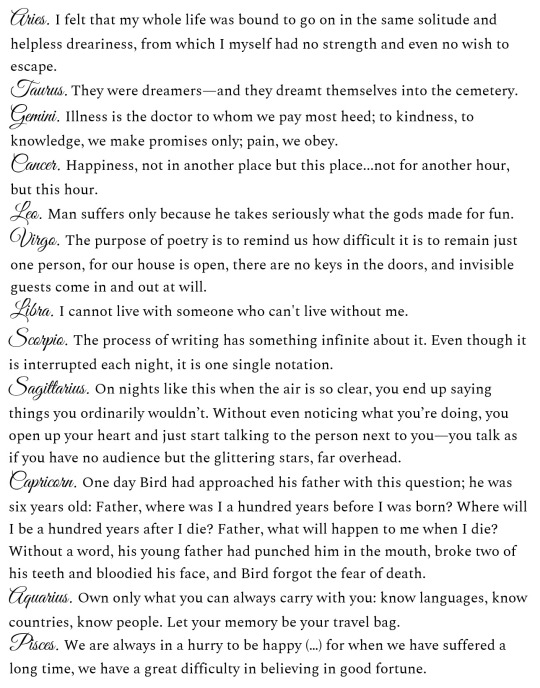
Leo Tolstoy. Mary Elizabeth Braddon. Marcel Proust. Walt Whitman. Alan Wilson Watts. Czeslaw Milosz. Nadine Gordimer. Elias Canetti. Banana Yoshimoto. Kenzaburō Ōe. Aleksandr Solzhenitsyn. Alexandre Dumas.
#literature#quotes#poetry#writeblr#star signs#zodiac signs#writing prompt#leo tolstoy#mary elizabeth braddon#marcel proust#walt whitman#alan wilson watts#czeslaw milosz#nadine gordimer#elias canetti#banana yoshimoto#kenzaburo oe#aleksandr solzhenitsyn#alexandre dumas
16 notes
·
View notes
Text
I really like this quote from the silent cry by kenzaburo oe

2 notes
·
View notes
Text

Kenzaburo Oe, January 31, 1935 – March 3, 2023.
12 notes
·
View notes
Text
The Silent Cry by Kenzaburo Oe - Thoughts
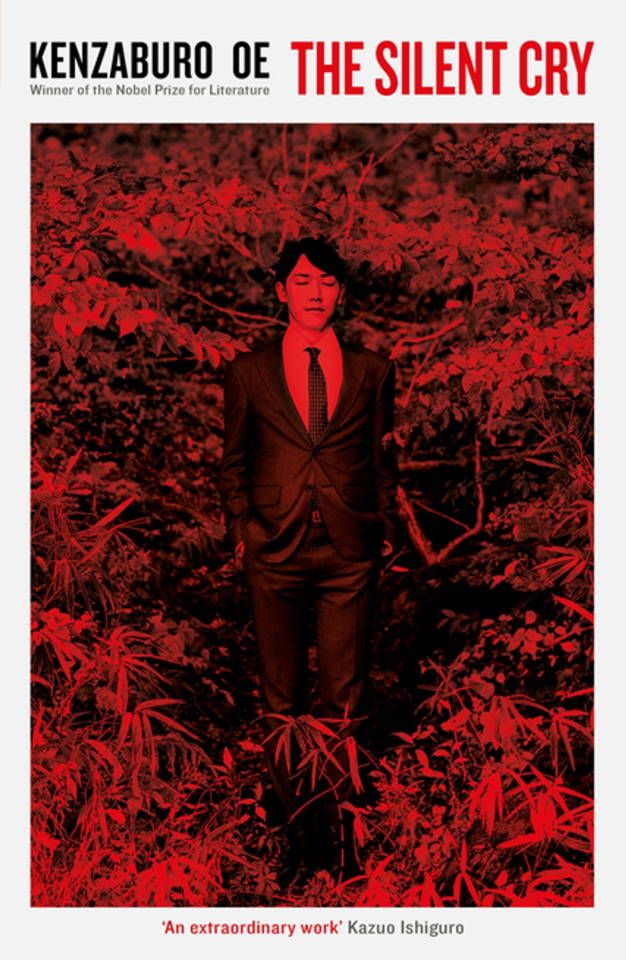
"I should have stretched out a helping hand, but a similar landslide was threatening to sweep me off my feet too."
Overall Rating: 8/10
While 'winner of the Nobel prize in literature' might be the initial reason of me buying the book in the first place, the label was not what made me stick to it. I have found yet another writer whose writing style connects so much with me, and also constantly reminds me that I should enrich my vocabulary. While my tour into Japanese writers have only showed me Murakami and Kazuo Ishiguro, they weren't particularly what you'd expect from Japanese literature. They write with heavy western influences and Kazuo Ishiguro is a Japan born British novelist. But it's with Kenzaburo Oe and Osamu Dazai that I had a proper interaction of Japanese literature. The book shows a heavily depressing yet hopeful post war Japanese society, where people are conflicted whether to live in the past sticking to tradition or hope for change and work for it. Japanese culture and traditions, along with heavy triggers- the book managed to captivate me with it's environment building.
The story was set apart by the two main focuses of the story: our humble narrator, Mitsu and his younger brother, Takashi. The duality of Mitsu and Takashi's character made for a journey where I just didn't know who to root for. I didn't root for anybody at one point. I rooted for peace, and somehow I couldn't see any of them getting it. Even though the book ends on a hopeful note, I found myself conflicted on whether this is how it really should have ended. On one side you had Mitsu, our narrator, who happened to have lost his way of life and found himself in an edge after the birth of his disabled child and the suicide of a close friend. And on the other hand, we had Takashi, a hopeful youth just back from America, prone to self destruction, yet very eager to connect to his roots by taking his brother (Mitsu) and his brother's wife to their ancestral home.
Takashi would be all for ancestral connection while Mitsu would often be seen in a state of constant disconnection from reality and his roots altogether. Mitsu's wife, drowning in alcoholism after they had to admit their disabled child to an institution, finds herself in a new spirit after having met Takashi. Takashi's extroverted leadership, enthusiasm to connect with his roots, sudden explosive violence had won him the love and support of people. Yet you still don't find yourself rooting for him- cause there is always something off about everybody here.
The book fleshed out its characters to the point where you can really understand them, and then blows it all apart. You feel you are close to understanding them, and then ask yourself that were you really actually close. This state of perpetual hopelessness, the abject routine of the village people just made you feel sorry for the way that they lived. But it seemed somehow there has always been a glimmer of hope, and it comes to those who choose to search for meaning in their lives. It's for all of the people who don't want to live in a magnificent building by someone else but would rather live in a thatched hut that they built by themselves.
Takashi's eagerness towards self punishment and living his "truth" seemed really vague to me, something I couldn't really grasp. But I think it gets better with a reread. The book took long passages to explain the ancestral history of the village which can drag sometimes, but makes you wanna respect it. Ancestral connection played a huge part in the book, and it wouldn't be fair to shy away from it.
As you can see the book isn't anything resembling the happy go lucky type. It has heavy themes of self punishment and suicide along with other major triggers. The book will make you feel a set variety of emotions. Which is great, because of the fact that something can make you feel such heavy emotions all at once.
Overall, great read. Felt like I read a huge part of Japanese culture just through this book, especially about the post war Japan. I'd recommend it. I've ordered Natsume Soseki's Kokoro to have another road trip down the traditional Japanese literature route. Till then, I'll read a lil bit more bout Kenzaburo Oe.
#books#book#book review#bookish#review#kenzaburo oe#the silent cry#japanese literature#japan#post war japan#post modern literature
11 notes
·
View notes
Text
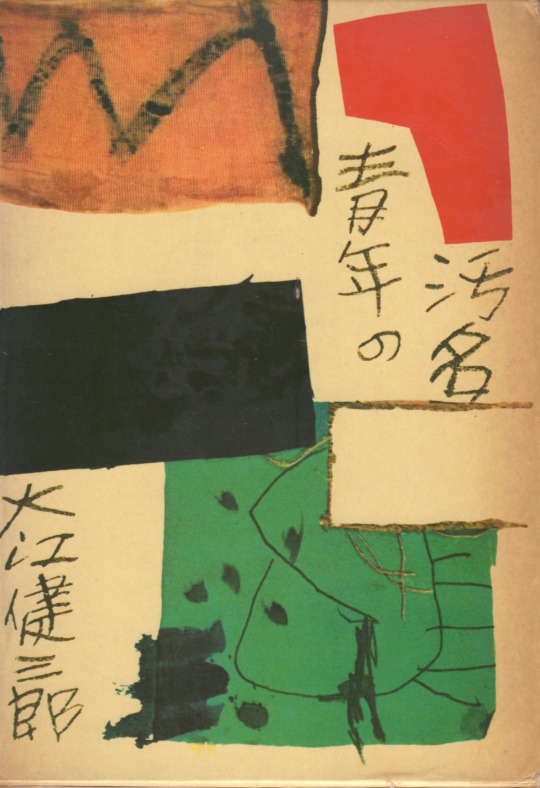
青年の汚名 大江健三郎 文藝春秋 装幀=佐野繫次郎
13 notes
·
View notes
Text
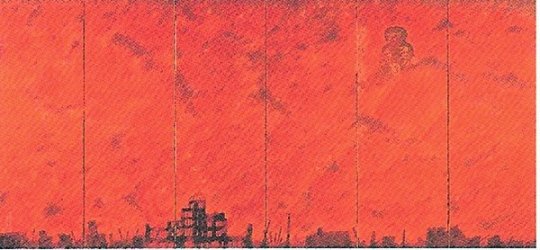

"God suddenly averted His eyes at 8:15" - Genshi Fujikawa
(images: a picture of Hiroshima's metamorphosis 広島変成図 / a-bomb dome, Ikuo Hirayama)
+
Hiroshima is like a nakedly exposed wound inflicted on all mankind.
-Kenzaburo Oe
10 notes
·
View notes
Text
Somos un hato de canallas, pensó Bird, una despreciable liga de defensores de nosotros mismos.
–Una cuestión personal, Kenzaburo Oé.
4 notes
·
View notes
Link
He dedicado seis meses a escribir esta crítica. Por supuesto, parte de ese tiempo lo he empleado en leer las obras y autores que cito en ella.
La infancia como campo de batalla: Gallego Rey analiza la crudeza y la vigencia de Arrancad las semillas, fusilad a los niños, de Kenzaburō Ōe.
1 note
·
View note
Text
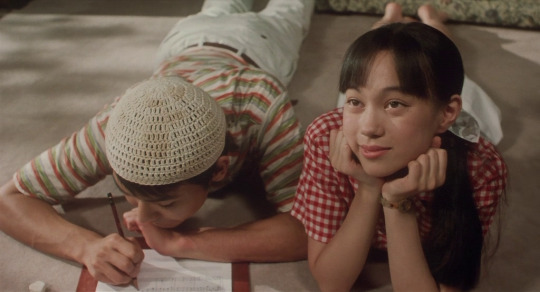
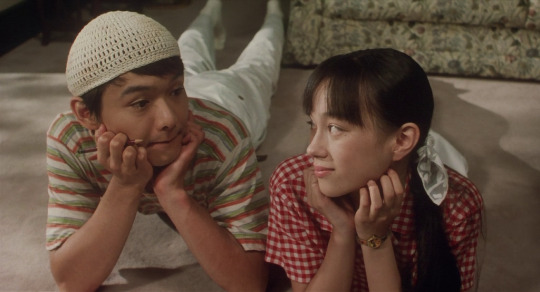
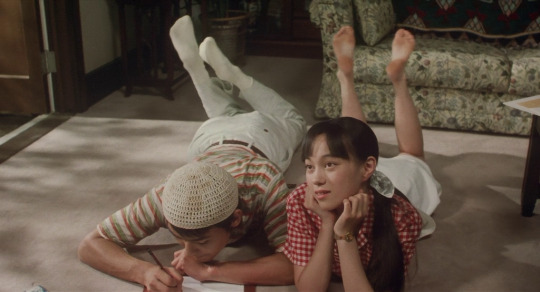
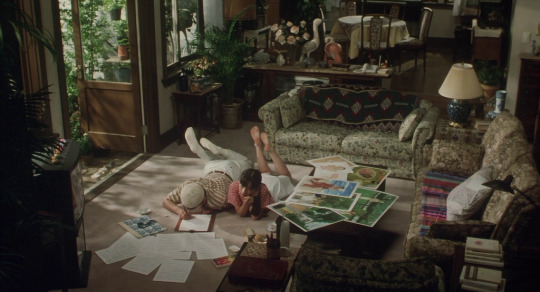
Juzo Itami
- A Quiet Life
1995
#Juzo Itami#Jûzô Itami#A Quiet Life#静かな生活#伊丹十三#Japanese Film#1995#Kenzaburo Oe#Kenzaburō Ōe#渡部篤郎#Atsuro Watabe#Hinako Saeki#佐伯日菜子#大江健三郎
61 notes
·
View notes
Text
On a stormy night like that, his father explained to him that the life of men consisted of coming out of the darkness and remaining for some time around the light of a candle, and then each one returned to his own darkness and disappeared in it.
— Kenzaburō Ōe, Teach Us to Outgrow Our Madness
31 notes
·
View notes
Text
立花さんは大江健三郎に弱い
再び言うが、立花さんは大江健三郎に弱い。敬愛して止まない。こと大江さんのことになると、日頃のふてぶてしさはなりを潜め、少女のように小心になる。
『立花隆秘書日記』
佐々木千賀子<著>
株式会社ポプラ社
第2章 10.立花さんと大江健三郎父子
0 notes
Text
Kenzaburo Ōe write a book titled "Teach Us to Outgrow Our Madness". Maybe I should have titled this blog Teach Me to Outgrow My Chūnibyō
#japanese#dark academia#literature#kenzaburo oe#japanese literature#but I would be posing because I have not read the book not done nearly enough actual literary studies#chunibyo
0 notes
Text
大江健三郎『取り替え子(チェンジリング)』など
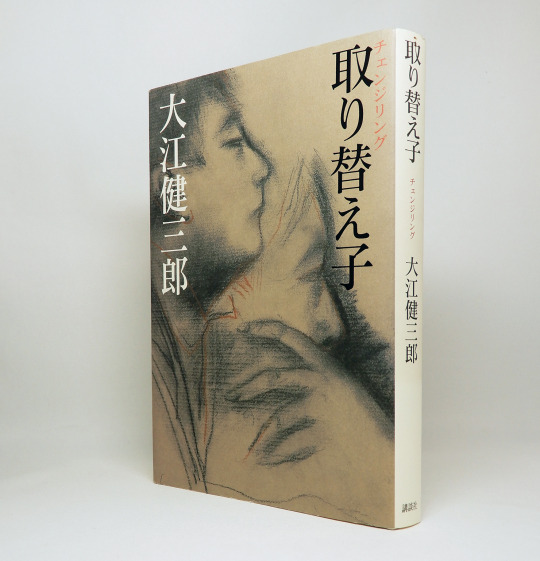
大江健三郎『取り替え子(チェンジリング)』における古義人の母親、千樫さん、浦さんから、『臈たしアナベル・リイ総毛立ちつ身まかりつ』におけるサクラさん、アサさんへと、さらには『水死』のウナイコ、リッチャンへと水平に(男らの垂直の主従とは異なる仕方で)、何かが伝えられていく。そして彼女たちによる「悲嘆と憤怒の経験」の「口説き」に、他の女たちも波をなして呼応していくのだ。
この女たちによる「一揆」の幕が開くためには、自分たちこそ物語から退席すべきことに、男らは遅まきながら気づくのである。
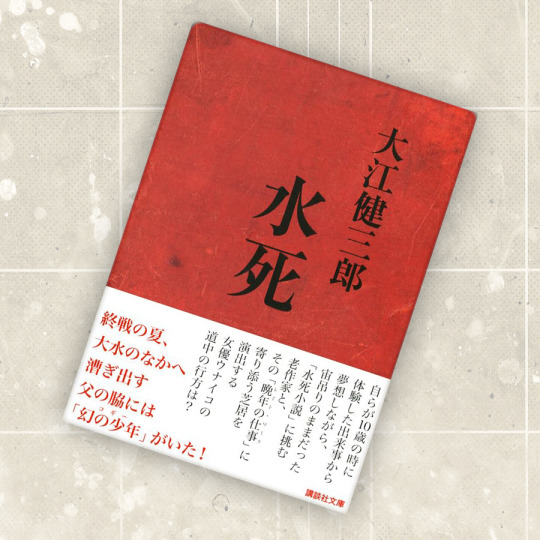
大江健三郎 『水死』 「「男は強姦する、国家は強姦する/わたしら女が 一揆に出ましょうや」……悲しみ嘆いた女たちも、何モカモナカッタト同ジ、ドノ人生モ生キラレナカッタト同ジ、とはならない。……「口説き」の歌声は遠方でコダマを返し、男らの声に優る女たちの歓声があがり、波立ってさらに高まる。一揆が成功のうちに終結したことを示す。」 (p.441, p494.)
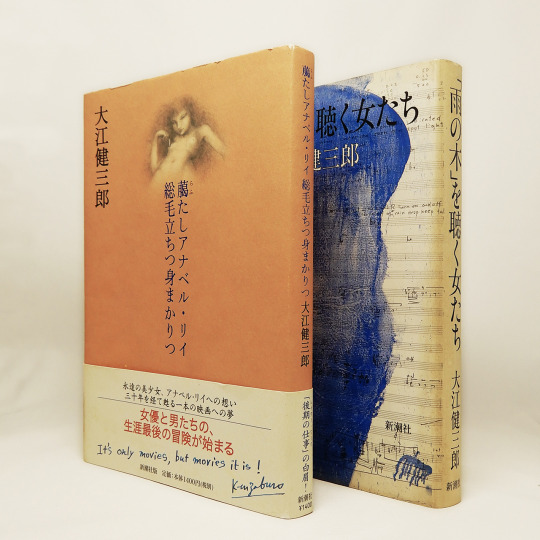
大江健三郎 『臈たしアナベル・リイ 総毛立ちつ身まかりつ』
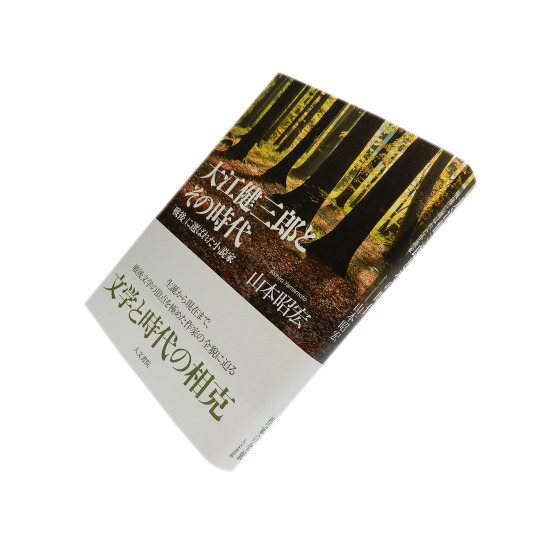
山本昭宏 『大江健三郎とその時代――「戦後」に選ばれた小説家』(人文書院、2019年)
オビの「文学と時代の相克」という惹句のとおり、散文を含めた作品を「戦後史」のなかに位置づけようとする歴史研究の試みとして、とても参考になります。

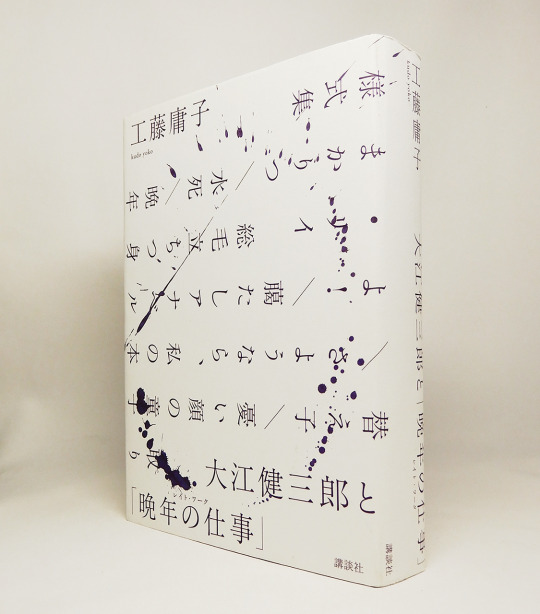
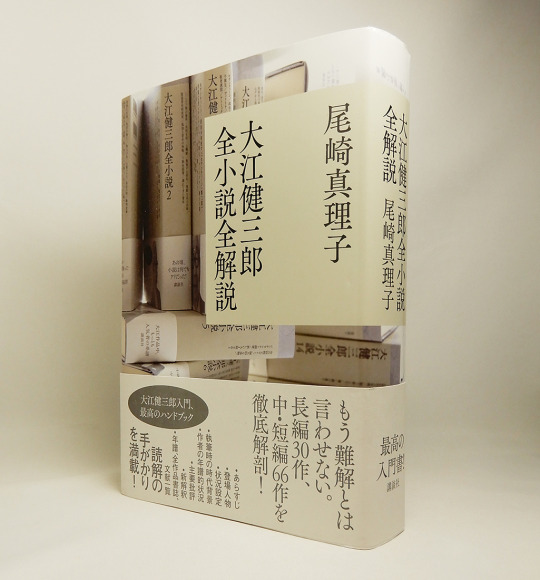
小説作品を内在的に読み解くご本としては――、
菊間晴子『犠牲の森で 大江健三郎の死生観』(東京大学出版会 2023)
工藤庸子『大江健三郎と「晩年の仕事」』(講談社 2022)
岩川ありさ『物語とトラウマ クィア・フェミニズム批評の可能性』(青土社 2022)
尾崎真理子『大江健三郎 全小説全解説』(講談社 2020)
――などがおすすめです。
1 note
·
View note
